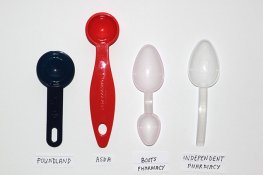For this method to work you'd have to know how much silver halide you are going to reduce, and you normally don't know this until you go the images developed.Here's an interesting idea: Deliberately let the dev-agents be destroyed during development. This will cause them to be most active during the early part of development, and slow down near the end when grains are getting large. Perhaps this will reduce filament-formation and thus reduce grain. Physical development would presumably be more prominent near the end (i.e., higher physical/direct ratio). Or has this idea already been tried and rejected?
Next problem is that if the developer runs out of oompft (and let's assume decent agitation), the strongly exposed parts of your film will be already developed, while the weakly exposed parts won't. With this method, you will lose speed, develop mostly the largest grains and boost contrast somehow. Not sure if there's much use for that ....







